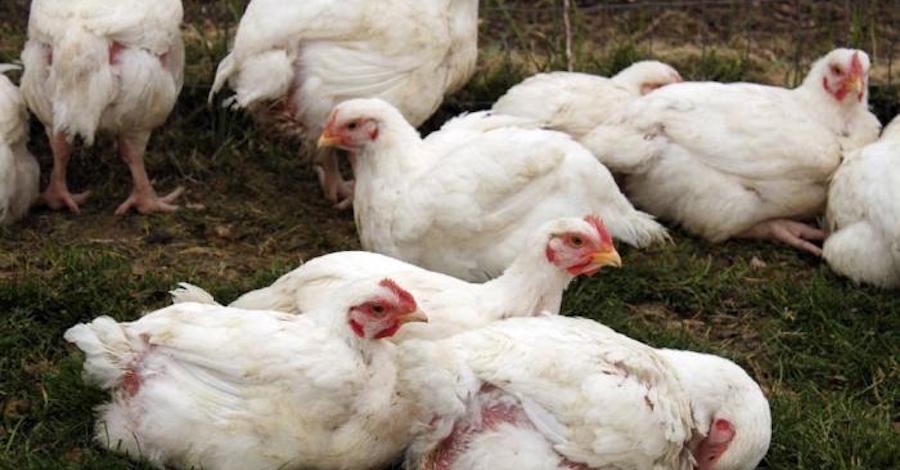The Rise of Bird Flu: What You Need to Know

Introduction: The Importance of Bird Flu Awareness
Bird flu, or avian influenza, is a viral infection that primarily affects birds but can also infect humans and other animals. Understanding the current outbreaks and their implications is crucial as the virus continues to pose a threat to public health and the poultry industry. With recent outbreaks reported across various regions, it is essential for both producers and consumers to stay informed about bird flu’s developments.
Current Outbreaks Around the World
In the past year, several countries have reported significant outbreaks of bird flu, particularly the highly pathogenic H5N1 strain. According to the World Organisation for Animal Health (OIE), the virus has been detected in wild bird populations and domestic poultry in Europe, Asia, and North America. In the United Kingdom, over 130 infections in wild birds and 30 outbreaks in commercial flocks have been confirmed since late 2022. As a response, EU member states have intensified surveillance and biosecurity measures to mitigate further spread.
In various regions, governments have implemented culling strategies, vaccination programs for poultry, and restrictions on bird movements to contain outbreaks. The economic impact is substantial, with farmers suffering losses from the culling of infected flocks and trade restrictions hampering exports.
Human Health Risks and Precautions
While cases of bird flu transmission to humans remain rare, health authorities are on alert. In 2023, a small number of human infections were reported linked to close contact with infected birds, raising concerns among epidemiologists. Symptoms in humans can range from mild flu-like symptoms to severe respiratory illness. To combat these risks, health officials emphasize the importance of proper biosecurity measures, including wearing protective gear when handling birds and reporting any unusual sickness in birds to authorities.
Conclusion: The Significance of Ongoing Vigilance
As bird flu outbreaks continue to emerge, both public health officials and poultry farmers must remain vigilant. The potential for transmission to humans underscores the need for awareness and preparedness. Experts forecast that while current measures can mitigate risks, ongoing monitoring of bird populations and proactive public health strategies will be critical in preventing larger outbreaks. For readers, staying informed about bird flu’s developments is vital to understanding both its agricultural implications and potential impact on human health.









